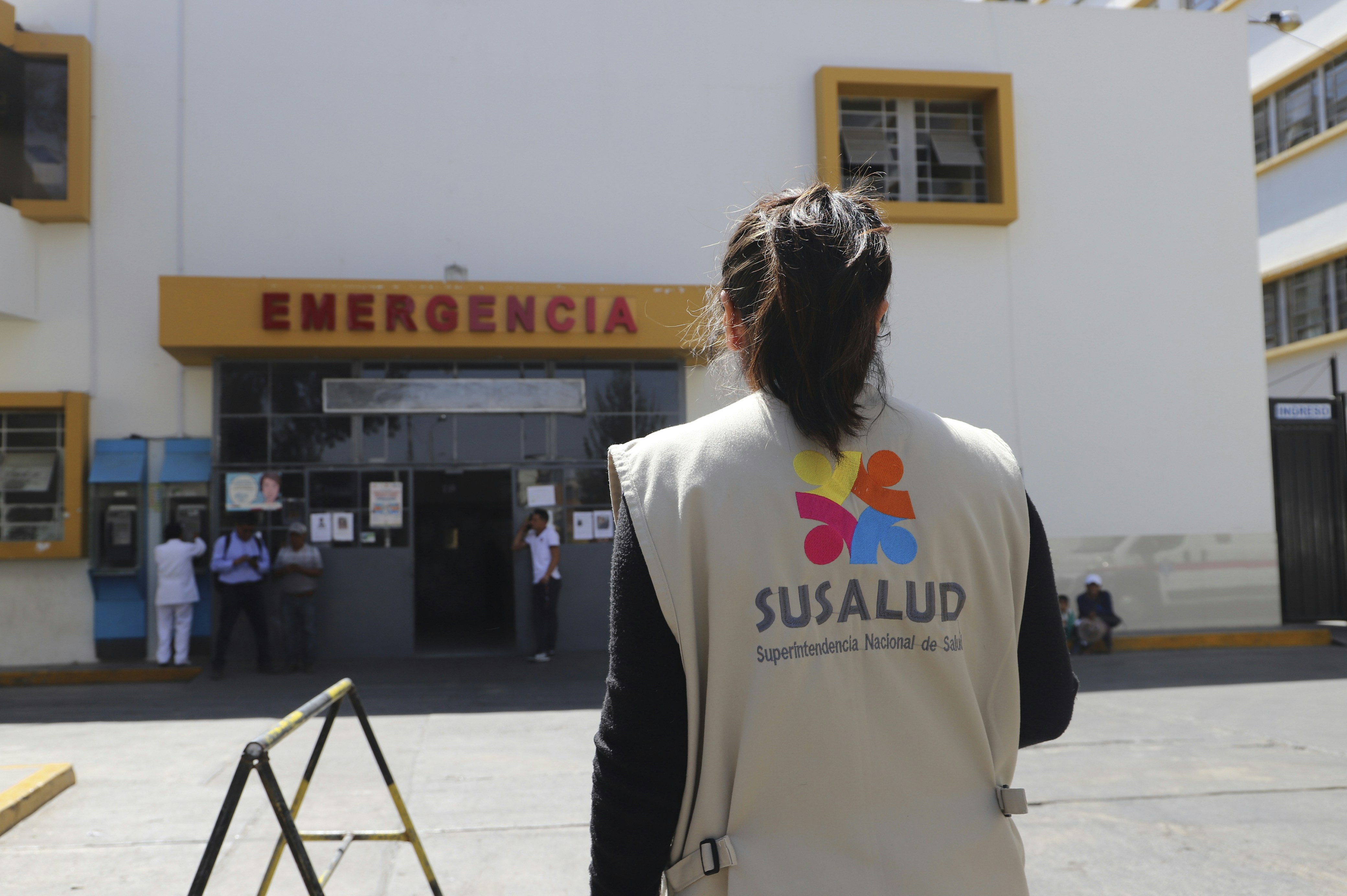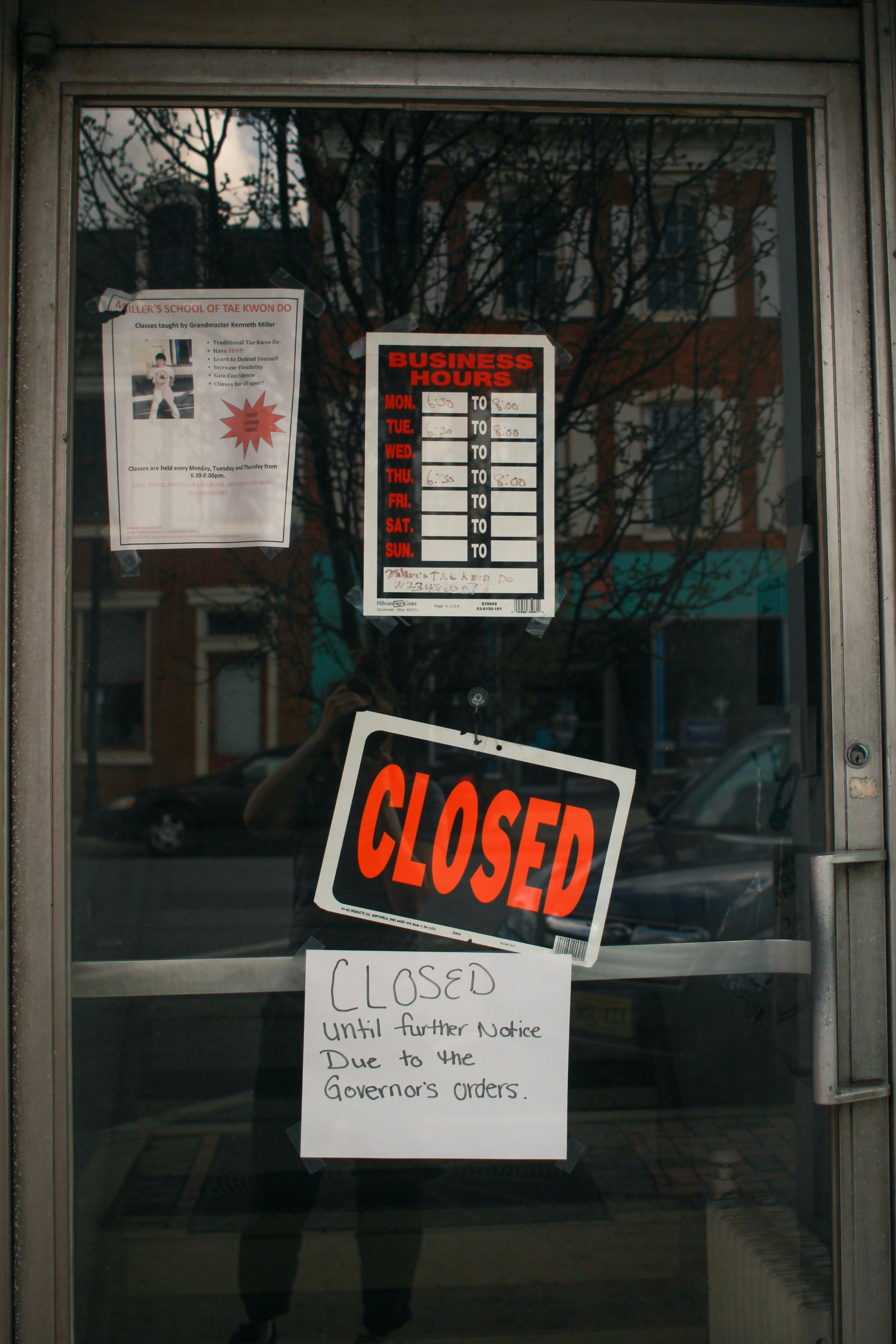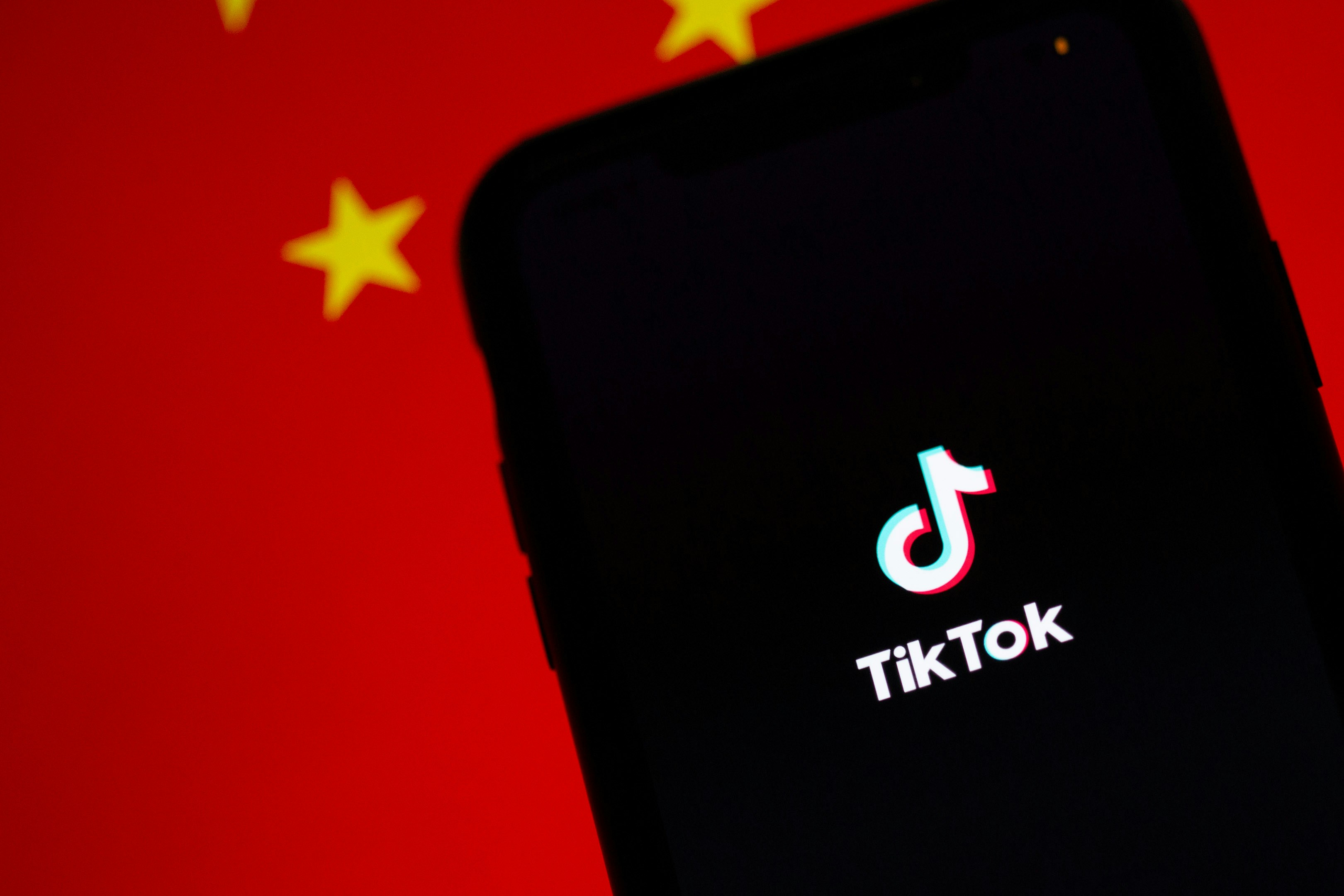
The Cashless Care Debate
The healthcare system is undergoing significant transformation, marked by a growing debate surrounding cashless care models. This approach, which eliminates the need for upfront payments by streamlining transactions through insurance providers, has garnered attention for both its potential benefits and inherent challenges. As cashless healthcare becomes more prevalent, tensions between hospitals and insurers have escalated, leading to increased scrutiny from medical advocacy groups, including the GI Council.
Hospitals often embrace cashless care due to its promise of reducing administrative burdens and improving patient access. By facilitating direct billing between insurers and healthcare providers, hospitals anticipate enhanced cash flow and lower operational costs. However, this model has not been without its complications. Insurers have expressed concerns over rising costs associated with such arrangements, which may result in disputes regarding coverage and reimbursement rates. These challenges create a complex web of accountability, where patients may find themselves caught in the middle, navigating a landscape that is often difficult to comprehend.
The GI Council issued a cautionary statement in response to these ongoing tensions, highlighting the potential disruptions to care that could manifest from the cashless model. Their warning comes amidst fears that hospitals might prioritize financial considerations over patient care, potentially leading to reduced access for certain populations. This situation raises pressing questions about the balance between operational efficiency and the provision of quality healthcare. As stakeholders continue to grapple with these issues, the dialogue surrounding cashless care remains critical to ensuring sustainable healthcare delivery in a rapidly evolving environment.
The Rise of Cashless Healthcare
The healthcare industry has experienced a significant transformation with the rising trend of cashless healthcare services. Many hospitals and healthcare providers have adopted this model, attracted by its potential to streamline operations and enhance patient experiences. The transition to cashless care allows for more efficient transactions, reducing the need for physical cash payments and thereby minimizing administrative burdens associated with billing and collection processes. As a result, healthcare staff can devote more time to patient care rather than managing financial paperwork.
One of the primary advantages of cashless healthcare is the improved patient experience it offers. Patients benefit from the convenience of cashless transactions, such as electronic billing and payment systems, which can simplify the process of settling medical bills. Moreover, cashless healthcare facilitates quicker access to treatment, as it eliminates the waiting period often encountered when handling cash transactions. Patients can focus on their health rather than worrying about payment processing, which ultimately enhances their overall satisfaction with the healthcare experience.
However, the shift toward cashless healthcare services is not without its challenges. Some patients may face difficulties navigating digital payment platforms, particularly those from older demographics or underserved communities who may lack access to the necessary technology. Moreover, the reliance on electronic transactions raises concerns over data security and privacy, as healthcare providers must ensure the protection of sensitive patient information from cyber threats. Additionally, hospitals may need to invest in training staff to assist patients effectively in transitioning to these cashless systems.
In conclusion, while the rise of cashless healthcare presents many advantages, it also introduces complexities that must be addressed to ensure equitable access for all patients and maintain the integrity of financial and personal data. The balance of these advantages and challenges will continue to shape the future of healthcare transactions.
Understanding the Role of Insurers
Insurance companies play a crucial role in the healthcare ecosystem, primarily by providing financial protection against the costs associated with medical care. They mediate between healthcare providers and patients, influencing how care is delivered and financed. Insurers essentially determine the accessibility, affordability, and quality of healthcare services for patients through their policies and contractual obligations with hospitals and healthcare professionals.
One of the significant aspects of insurers’ involvement in healthcare is the implementation of cashless care facilities. Cashless care allows patients to receive treatment without immediate payment, as the insurer directly coordinates with the healthcare provider for expense coverage. This model aims to streamline the payment process, making healthcare services more accessible to patients without financial stress. However, the sustainability of cashless care can be significantly affected by insurers’ policies and their relationship with healthcare facilities.
The financial dynamics at play in the insurance landscape can shape the overall quality of care. Insurers negotiate rates with hospitals, which can influence the availability and scope of services offered. For instance, if an insurer decides to limit cashless partnerships with certain facilities, it may lead to disruptions in patient access to care. Furthermore, insurers also employ different models, such as value-based care, which emphasize patient outcomes over service quantity, thus affecting the overall approach to treatment rather than simply focusing on costs.
In light of current discussions surrounding cashless care disruptions, the role of insurance companies cannot be overstated. Their policies significantly impact not only the financial viability of healthcare providers but also the patient experience. Hence, as stakeholders engage in dialogue about future healthcare funding and access, the role of insurers remains a pivotal factor that deserves attention.
The GI Council’s Concerns
The recent discussions surrounding cashless care have prompted the GI Council to express several significant concerns regarding the implications it could have on patient care, access to essential services, and the overall quality of healthcare delivery. One of the primary issues raised is the potential barriers to healthcare access that may arise from the discontinuation of cashless arrangements. Without the flexibility that cashless systems provide, patients might face delays in receiving necessary treatments, particularly in urgent situations where timely interventions can significantly affect health outcomes.
Moreover, the GI Council highlights the risk of increased administrative burdens that hospitals and healthcare providers could encounter as they navigate the transition away from cashless models. This added complexity may detract from the quality of patient care, as resources that would typically be allocated to direct patient interactions could instead be diverted to managing financial transactions and billing processes.
The council further emphasizes concerns over the continuity of care, particularly for patients with chronic gastrointestinal conditions who rely on consistent and uninterrupted treatment regimens. Should cashless disruptions lead to unanticipated changes in patient-provider relationships or care coordination, the consequences could potentially exacerbate health disparities, particularly among vulnerable populations who may already struggle to access medical services.
To address these concerns, the GI Council recommends that hospitals and insurers collaborate closely to develop safeguards that can ensure seamless care continuity during transitions in payment models. This includes establishing clear communication channels with patients, maintaining transparency regarding billing practices, and providing adequate resources to facilitate access to care, ensuring that patients receive the support they require regardless of the payment structure in place.
Financial Implications of Cashless Care
The move towards cashless care in the healthcare environment brings profound financial implications for both hospitals and insurers. This model, characterized by upfront payment methods or insurance coverage without direct cash transactions, offers a streamlined process but may inadvertently introduce complex financial challenges. From a hospital’s perspective, cashless care can enhance patient access and reduce administrative costs associated with collecting payments. However, it necessitates a robust reimbursement structure to ensure that hospitals receive timely and adequate payments for their services, which may not always be guaranteed.
One significant concern for hospitals is the potential for delayed reimbursements from insurers. In a cashless system, hospitals rely heavily on insurers to process claims efficiently and return funds that cover the cost of patient care. Disruptions in this workflow can lead to financial strain, as hospitals may struggle with cash flow and operational expenses if payments are delayed or reduced. Furthermore, the variance in reimbursement rates among different insurers can complicate financial forecasting, making it challenging for hospitals to budget appropriately.
On the insurer side, the transition to a cashless model necessitates investments in technology and infrastructure to support a seamless claims process. Insurers must also navigate the intricacies of managing provider networks and negotiating contractual agreements that safeguard their bottom line while ensuring that hospitals remain financially viable. Ultimately, insurers must balance managing costs with maintaining a high standard of care, as inadequate reimbursement rates could lead to physicians and facilities opting out of their networks, thereby limiting choices for consumers.
As stakeholders examine the long-term sustainability of a cashless care model, it becomes clear that collaboration between hospitals and insurers is essential for maintaining a financially sound healthcare ecosystem. Addressing these financial implications proactively will be crucial for the stability and accessibility of care in the future.
Patient Perspectives on Cashless Care
The introduction of cashless care practices in healthcare has brought about significant changes in the way patients perceive and interact with medical services. This system allows for seamless transactions, granting patients the convenience of receiving treatment without the direct necessity of handling cash payments. In many instances, patients report heightened satisfaction levels due to the streamlined processes, which allow them to focus solely on their health rather than financial transactions. However, there are concerns regarding transparency and out-of-pocket costs associated with cashless healthcare.
Anecdotal evidence suggests that while patients appreciate the ease of cashless transactions, they often feel uncertain about the overall cost of their treatment. For instance, many patients expressed that despite receiving care without immediate payment, they remain unclear about their financial responsibilities when navigating insurance claims. This ambiguity can lead to unexpected financial burdens once the bill arrives, causing stress and anxiety in patients who might have perceived their care as being “cost-free.”
<paccording 45%=”” 60%=”” a=”” approximately=”” are=”” around=”” as=”” cashless=”” citing=”” claim=”” clarity=”” communication=”” convenience=”” coverage=”” coverage,=”” crucial=”” dark.
Furthermore, cashless care can disproportionately impact specific patient demographics, particularly those who may face barriers in understanding the insurance complexities. As the healthcare landscape continues to evolve, it is evident that patient education must accompany the advancement of cashless care. Understanding both the benefits and potential pitfalls of this approach is essential for enhancing the overall patient experience and satisfaction in a modern, cashless healthcare environment.
Legal and Regulatory Considerations
The evolving landscape of cashless healthcare has prompted significant scrutiny regarding the legal and regulatory frameworks that govern the interactions between hospitals and insurers. A key aspect of this discussion includes compliance with the Affordable Care Act (ACA), which seeks to enhance healthcare access and affordability. As cashless care models flourish, both hospitals and insurers must navigate complicated requirements pertaining to transparency, patient rights, and fair pricing. Non-compliance could lead to substantial penalties, legal challenges, or reputational damage for the institutions involved.
Moreover, state regulations play a crucial role. Each state may impose specific laws that dictate how cashless services are offered and financed. For instance, some states have enacted price transparency laws that require hospitals to disclose their pricing structures—an effort aimed at promoting competition and allowing patients to make informed choices. Recent developments reveal that well-documented financial practices are essential to ensuring compliance and guarding against accusations of fraudulent billing.
Another legal consideration pertains to the concept of “balance billing,” where patients are billed for the difference between what their insurance covers and the actual cost of services. In a cashless system, the risk of balance billing could result in litigation from patients who feel they were not adequately informed of their financial obligations. Hence, considerate patient communication and transparency are vital components of any cashless healthcare model.
As regulatory bodies evaluate the performance of cashless care initiatives, potential implications for future regulations loom large. Policymakers may seek to establish more robust frameworks to govern these service models, ensuring they fulfill their purpose while safeguarding patient interests. Consequently, hospitals and insurers must remain agile and informed, adapting their practices not only to meet existing legal requirements but also to anticipate impending changes in the regulatory environment.
Potential Solutions to the Conflict
The ongoing conflict between hospitals and insurers regarding cashless care presents numerous challenges that require immediate attention. To navigate this complex landscape, several potential solutions can foster cooperation and alleviate disruptions. At the core of these solutions is the necessity for transparent communication between stakeholders. Hospitals and insurers should establish regular forums for dialogue focused on mutual understanding and collaborative problem-solving. This can enable both parties to articulate their concerns and expectations, fostering a healthier partnership.
Furthermore, developing joint task forces can facilitate the exploration of innovative payment models that align with both hospitals’ needs for financial stability and insurers’ requirements for cost control. Such models may include value-based care agreements, where providers are rewarded for the quality of care rather than the volume of services rendered. This would promote improved patient outcomes, potentially reducing the frequency of disputes over cashless care services.
Another approach involves leveraging technology to enhance claims processing and payment systems. Implementing integrated platforms that streamline billing and reimbursement can significantly minimize administrative friction between hospitals and insurers. Additionally, utilizing data analytics can provide valuable insights into the utilization of services, allowing both parties to make well-informed decisions that optimize care delivery and financial outcomes.
Moreover, fostering educational initiatives can help improve understanding of insurance policies among healthcare providers. Training sessions detailing the specifics of cashless care agreements can empower hospital staff to better navigate reimbursement processes and reduce the scope of misunderstanding. Finally, establishing clear guidelines on best practices for cashless health services can create a standardized framework that benefits both hospitals and insurers. By embracing these collaborative strategies, the industry can address the current tensions and create a more sustainable healthcare environment.
Conclusion: The Future of Cashless Care
The ongoing debate between hospitals and insurers regarding cashless care has significant implications for the future of healthcare access and delivery. As seen in the preceding sections, the shift towards cashless transactions aims to streamline processes and improve the overall patient experience. However, the potential disruptions from this shift cannot be overlooked. Stakeholders must collaborate to foster a more cohesive approach that prioritizes patient care while balancing the financial viability concerns of both hospitals and insurers.
As the landscape of healthcare continues to evolve, cashless care is likely to remain a focal point of discussion among key players. Both hospitals and insurers must recognize the pressing need for collaborative strategies that put patients first. This involves transparency in billing practices, equitable insurance coverage, and a focus on value-based care models. By working together, healthcare providers and insurers can develop innovative solutions that mitigate the challenges associated with cash payments and create a more sustainable environment for cashless care.
Looking ahead, the emphasis on technology in healthcare may also influence the future of cashless transactions. The integration of advanced digital payment systems could streamline operations and enhance patient satisfaction. However, the implementation of these technologies must be undertaken thoughtfully to avoid exacerbating existing disparities in care access. Ensuring that all patients can benefit from cashless models will require ongoing efforts from healthcare stakeholders to address underlying inequalities.
Ultimately, the future of cashless care hinges on unity among healthcare providers, insurers, and patients. By prioritizing collaboration and keeping patient care at the forefront, the industry can navigate the complexities of cashless transactions and pave the way for a more accessible, efficient healthcare system. The path forward is clear: communication and cooperation are essential to realize the full potential of cashless healthcare and sustain its benefits for all involved.
















+ There are no comments
Add yours